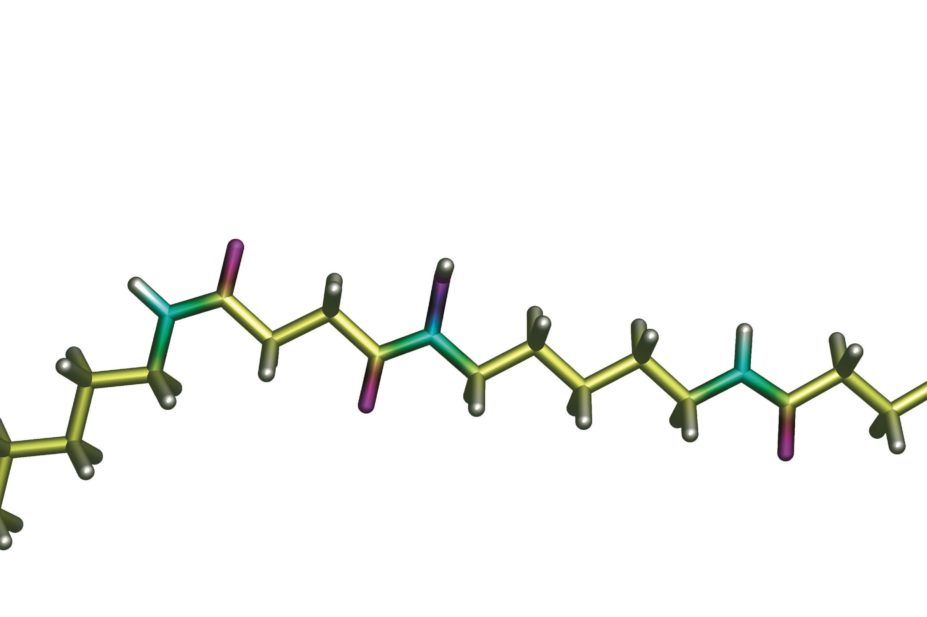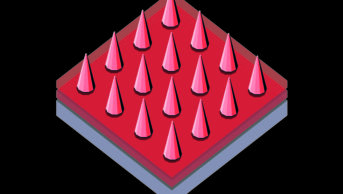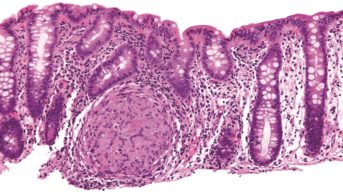
Dr Tim Evans / Science Photo Library
Slow healing in diabetes can ultimately lead to limb amputation. The primary driver is reduced neovascularisation in response to tissue ischaemia, partly because of an impairment in hypoxia inducible factor-1 alpha (HIF-1α).
With this in mind, Geoffrey Gurtner and team at Stanford University, California, developed a transdermal patch that delivers the small molecule deferoxamine, which increases HIF-1α. When applied to diabetic wounds, the patch significantly accelerated healing as compared with deferoxamine applied as a topical solution or a vehicle control patch. The deferoxamine patch also led to an increase in skin thickness, wound strength, collagen density and vascularity.
“The developed TDDS [transdermal drug delivery system] improves overall wound quality and can be rapidly translated into clinical practice,” the researchers conclude in Journal of the American College of Surgeons
[1]
.
References
[1] Gurtner G. Transdermal drug delivery of deferoxamine accelerates healing and improves quality of diabetic wounds. Presented at: American College of Surgeons Clinical Congress; Oct. 26-30, 2014; San Francisco. Duscher D. J Am Coll Surg 2014;doi:10.1016/j.jamcollsurg.2014.07.322.


